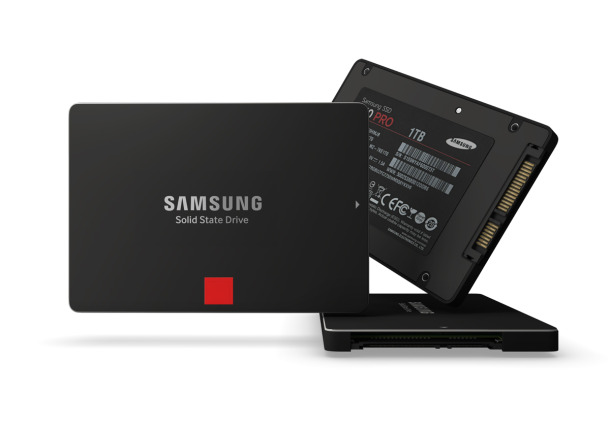
All hard drives are not created equal. In recent years, as the capacity of Solid State Drives (SSDs) have gone up and the price come down, many people are choosing them over traditional “spinning” hard disk drives (HDDs).
So how do SSDs compare to HDDs today?
Speed
Speed is where SSDs shine, allowing users to boot up their computers within seconds, while an HDD takes a while to ramp up to operating specs. No matter what operating system you are using, or what tasks you are doing and SSD will make it faster – to boot up, to open apps, and transferring data.
Companies are increasingly moving towards SSDs for their web servers, because the increased read/write speeds can seriously improve the speed in which web pages are delivered – and web users today expect web pages to appear instantly, so any improvement here can have a major impact.
Fragmentation
HDDs work most efficiently when they can write large files to disk in contiguous blocks, but as the drives fill up and data written in various places across the disk platter – this is known as fragmentation and can slow down read times as the head needs to find each relevant block. Because SSDs do not include disks or read heads, it does not matter where the data is physically stored, making SSDs inherently faster.
Reliability
In HDDs, tiny heads read and write data to disks over a hundred times per second, and so are relatively fragile, but SSDs have no moving parts and are therefore less likely to become damaged when dropped or otherwise treated a little more roughly. This makes SSDs an ideal choice in laptops, where the computer is regularly being carried around and moved.
Battery drain
It takes power to spin the disk platters within a HDD, and while these drives have become more efficient over time, SSDs only use about a third of the power as they contain no moving parts. Power consumption is less of an issue with a desktop, but for laptop users on the road or companies with huge server farms and expensive electricity bills – the less power the drive uses the better.
Weight and form factors
Currently, most SSDs come in the same sizes made standard in computers built for HDDs – 3.5″ for desktops and 2.5″ for laptops (and the smaller 1.8″ drives for MP3 players like iPods). However, because SSDs store their data on chips and do not have to fit circular disks, they can theoretically be made into almost any shape, from long and thin, to short and fat to best fit into a computer chassis.
Not only can SSDs be created in a variety of shapes to fit ever slimmer laptops, but they also tend to be much lighter than HDDs, again making then the more attractive option.
Noise and vibration
Modern HDDs are relatively quiet, but the spinning of disks and moving of read heads does make a little noise and cause some vibrations, whereas SSDs are completely silent as they have no moving parts.
Capacity and price
The capacity of HDDs continues to increase every year and the manufactures can currently squeeze a whopping 6TB of data onto a 3.5″ desktop HDD (for about £200) and 2TB of data onto a 2.5″ drive (for about £100).
SSDs do not offer the same band-for-buck yet in terms of storage, with a 1TB 2.5″ SSD drive costing a hefty £300. However, prices are coming down quickly and capacities catching up, to the extent that we may see 4TB 2.5″ SSDs before we see the same capacity in HDDs for the same form factor.
Currently, if you are looking for mass storage then HDDs still have the edge, but that is likley to change within the next couple of years, and for every other case SSDs are already the better option.

